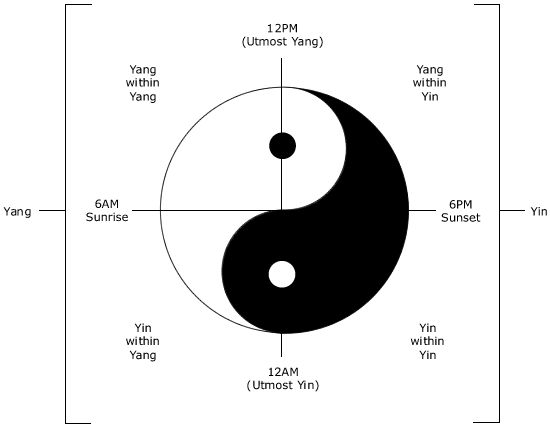

This allowed the birth of Pangu, the first human. This chaos then formed a cosmic egg in which the perfectly opposed principles of yin and yang became balanced. In Chinese cosmology, yin and yang were born from a formless chaos. The Moon of the Milky Way (Ginga no tsuki) by Yoshitoshi, c. Certain mythological events, such as the annual meetings of two divine lovers known as the Cowherd and the Weaver Girl also represent the unity of yin and yang. For example, the throne of the goddess Xi Wang Mu (the Queen Mother of the West) features a dragon (yang) and a tiger (ying) which represent the cosmic balance of the universe. Representations of yin and yang appear in many stories and depictions. The ever-changing relationship between the two poles is responsible for the constant flux of the universe.

Yin and yang symbols occur frequently in traditional Chinese myths.

This same principle also became the basis of many others representing these principles, such as the swastika – which is common to Hinduism, Buddhism, and Jainism. However, designs similar to the Taijitu has also been a standard ornamental motif in Iron-Age Celtic culture by the 3 rd century BCE as well as in Etruscan art. The principle of yin and yang is represented in Taoism by the Taijitu (“Diagram of the Supreme Ultimate”) which was first introduced by Song Dynasty philosopher Zhou Duni (1017–1073 CE).


 0 kommentar(er)
0 kommentar(er)
